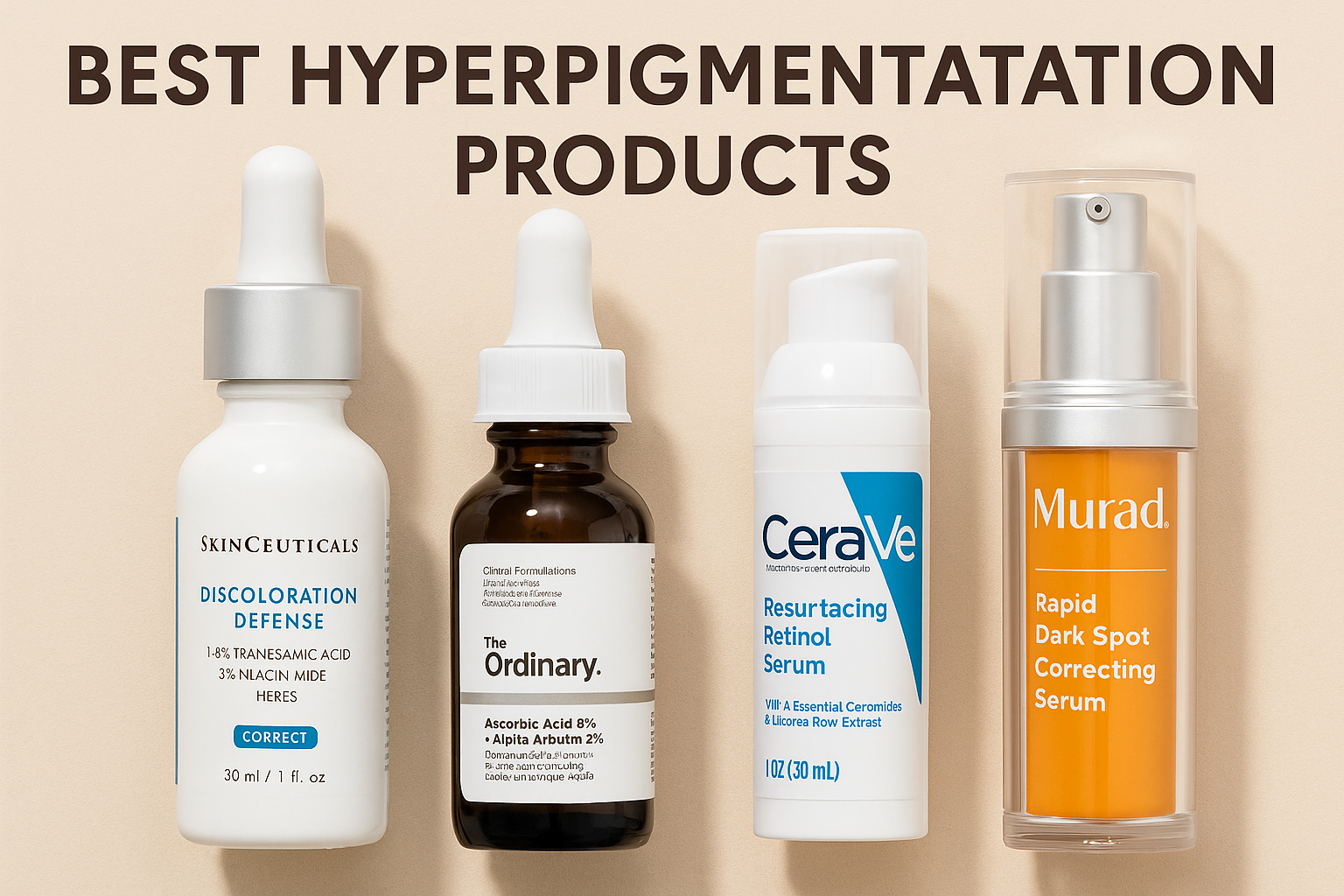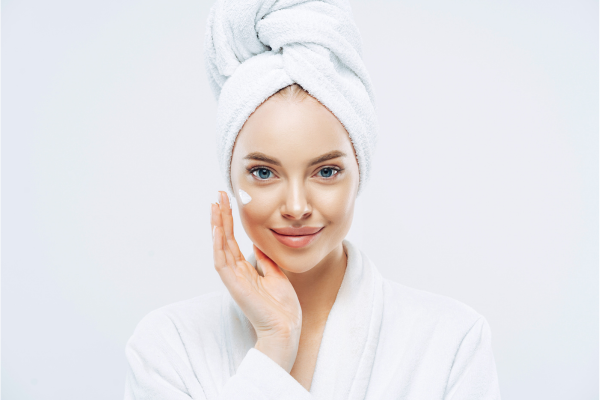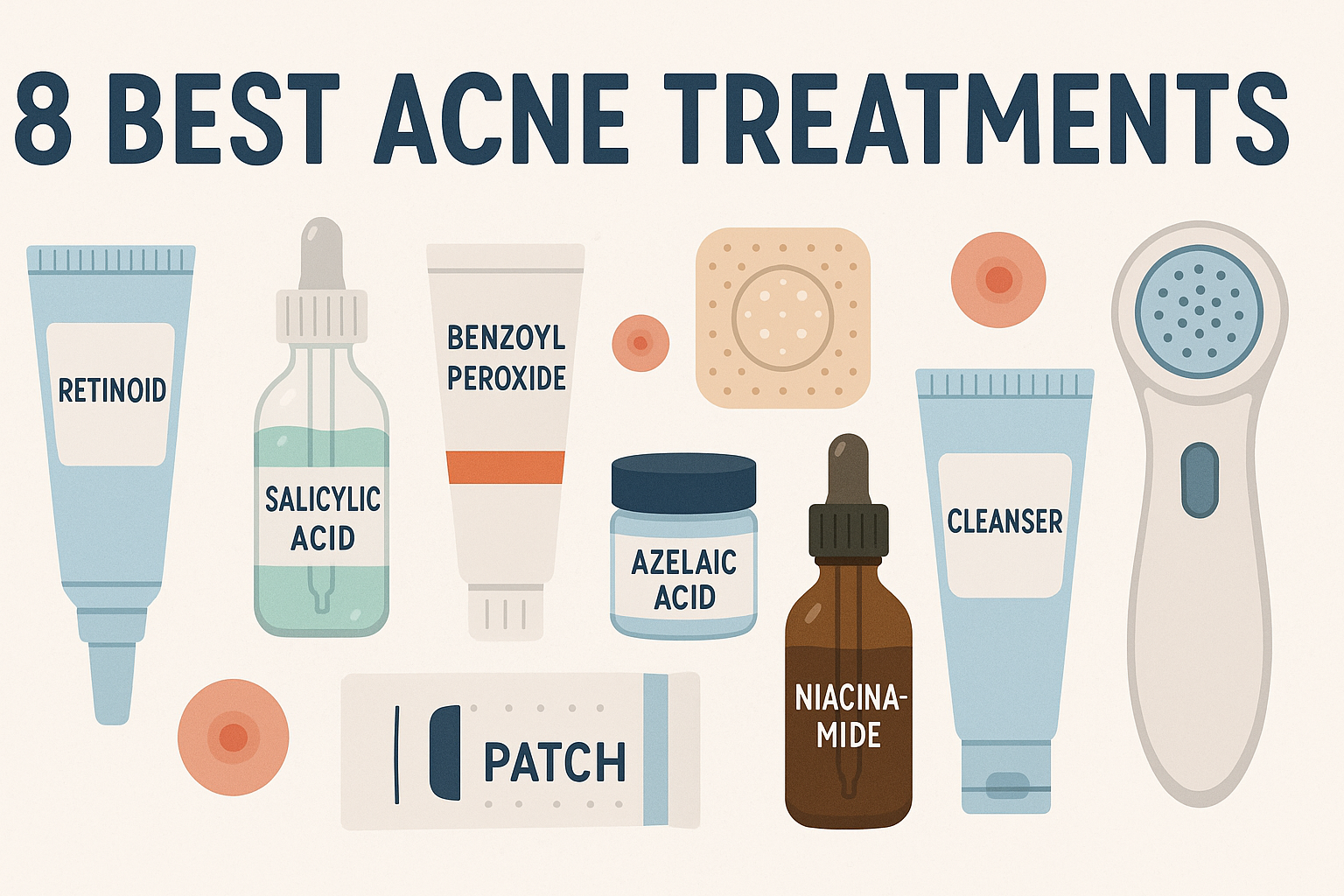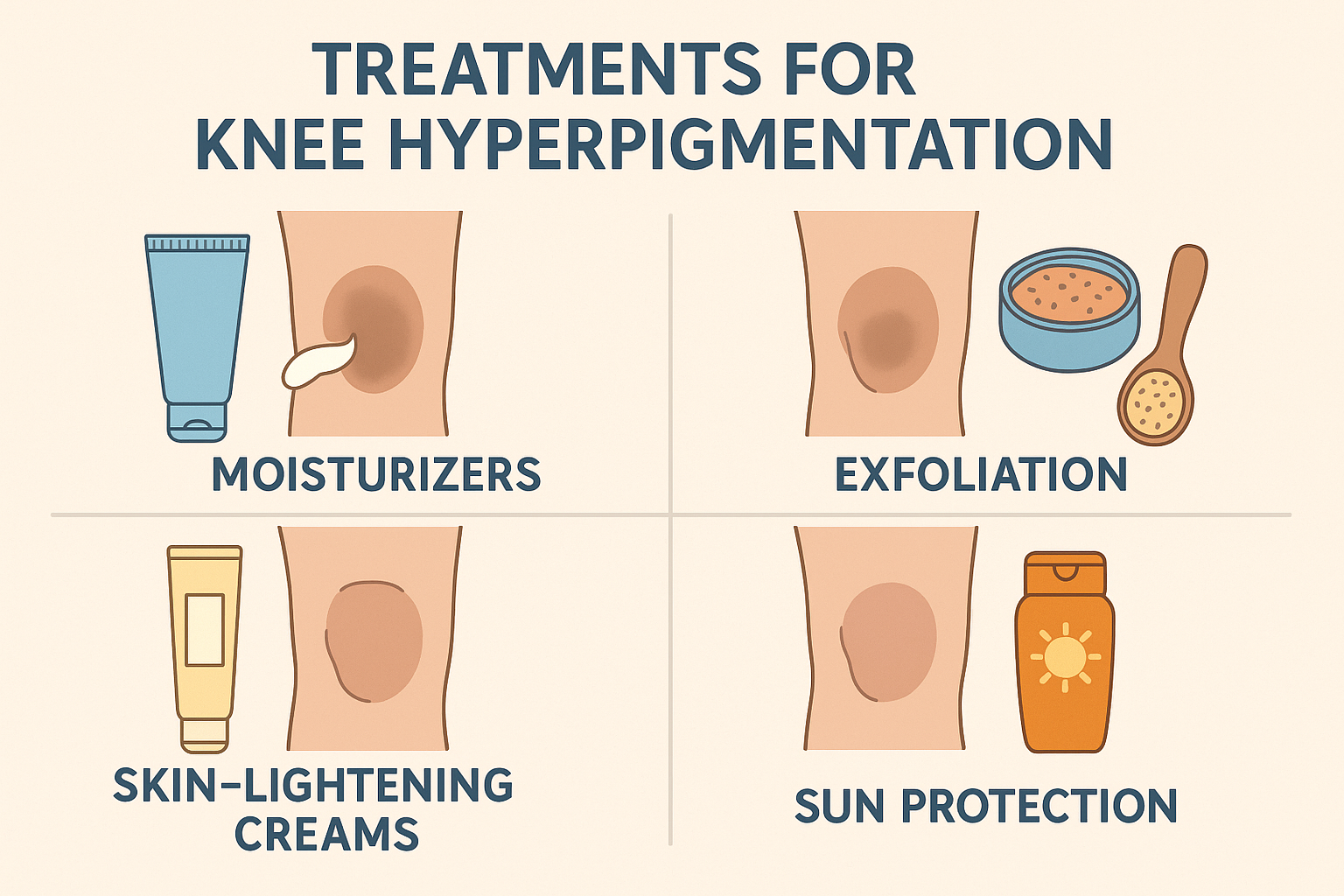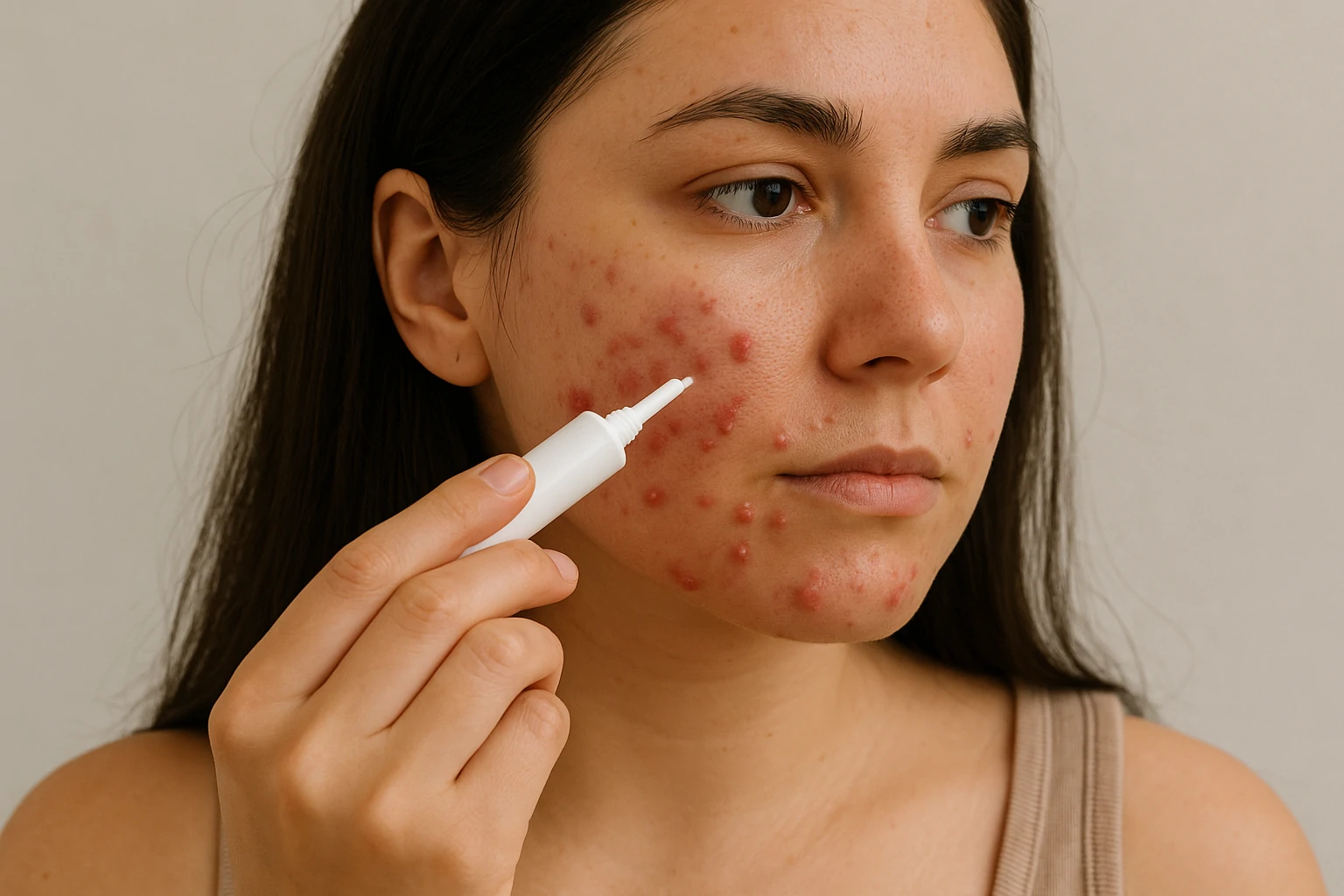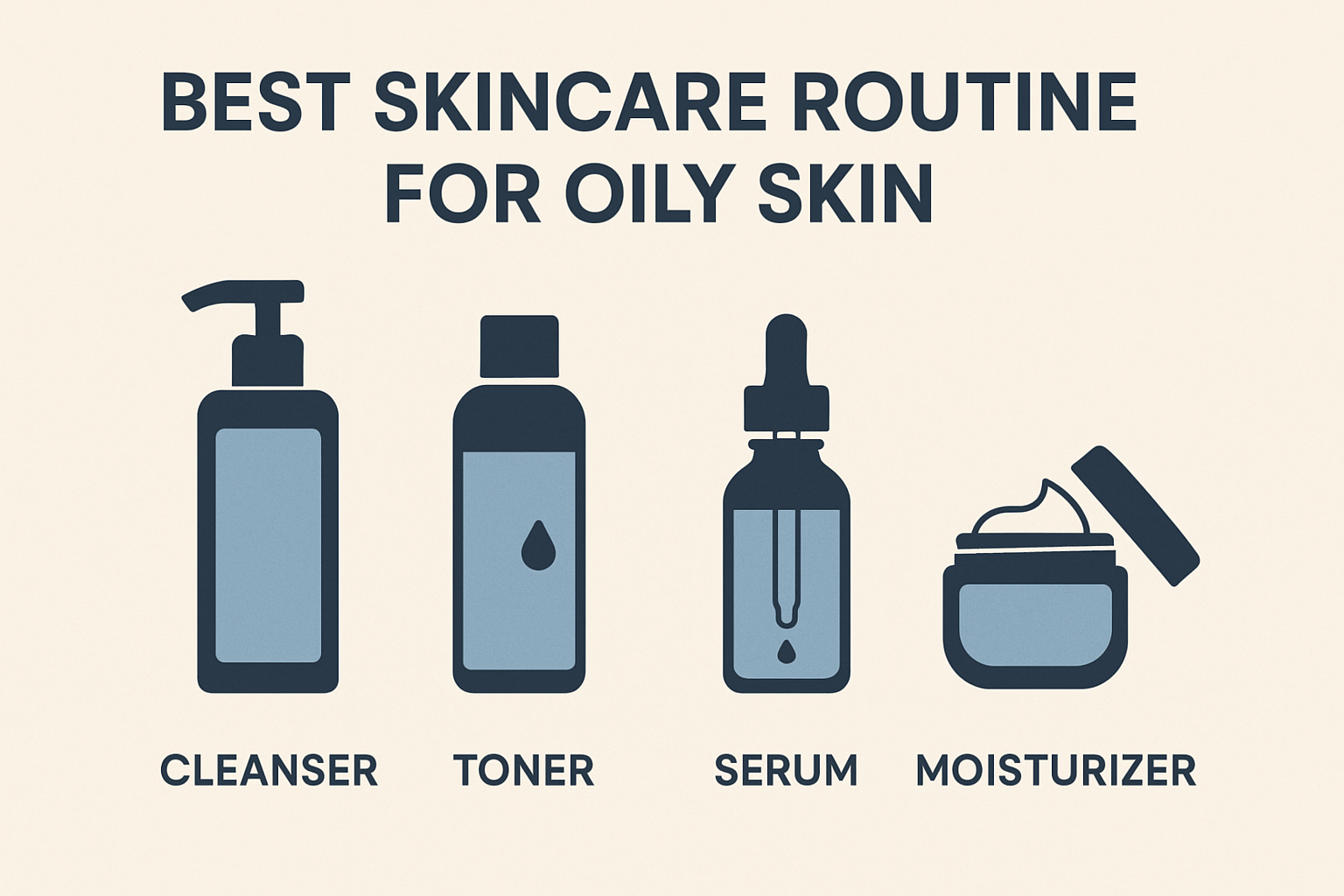Baking Soda for Acne: Is It Good or Bad? The Truth Revealed

Baking soda, or sodium bicarbonate (NaHCO3), is widely known as a versatile household ingredient, useful for both cooking and cleaning. Its mild abrasive texture and ability to neutralise acids make it a popular natural cleaner. However, when applied to facial skin—especially in DIY masks or as a spot treatment for acne—it can cause harmful side effects.
Chemically, baking soda is alkaline with a pH of around 9, while healthy human skin has a natural pH of about 4.5 to 5.5. This imbalance can damage the skin’s protective barrier, leading to dryness, irritation, and increased risk of infection or acne. Renowned dermatologists Dr Marnie Nussbaum and Dr Annie Gonzalez warn that using baking soda on the face may disrupt the skin’s microbiome, which plays an essential role in maintaining overall skin health.
Although some people use baking soda for its antibacterial and exfoliating properties, experts agree that the risks far outweigh any potential benefits. Therefore, while baking soda is useful in the kitchen or for cleaning, it is best avoided in skincare.
In modern skincare routines, protecting the skin’s pH balance and ensuring product safety are top priorities. To treat acne, it is better to choose ingredients that are dermatologically tested and suitable for facial skin.
What Is Baking Soda?
Baking soda, or sodium bicarbonate (NaHCO3), is an alkaline salt compound. In chemistry, its alkaline nature allows it to neutralise acids, whether inside the body or on the skin’s surface. This was explained by Dr Marnie Nussbaum and supported by Dr Annie Gonzalez, who both highlight its acid-neutralising ability as a key reason for its various uses, including in skincare.
In the beauty world, baking soda is known as a low-cost, multipurpose ingredient. Its fine texture makes it a natural exfoliant that helps remove dead skin cells. It’s also commonly used as an emergency dry shampoo, a foot soak, and even as a main ingredient in natural toothpaste and deodorants.
However, despite its many uses, applying baking soda to the face requires caution. Healthy human skin has a natural pH between 4.5 and 5.5, while baking soda has a pH of around 9. This imbalance can damage the skin’s protective barrier, leading to irritation, dryness, and possibly worsening acne.
So, even though it may seem effective and easily available, using baking soda on the face—especially for acne—is not recommended by dermatologists. For safe and effective skincare, it’s important to choose ingredients with a balanced pH and clinical testing.
How Baking Soda May Help With Acne: Benefits and Cautions
Baking soda (sodium bicarbonate) is often promoted as a natural remedy for acne due to several potential benefits. While its use is controversial in dermatology, there are scientific reasons behind its popularity.
- Physical Exfoliation
Baking soda has a fine but slightly abrasive texture, making it a physical exfoliator. According to Dr Marnie Nussbaum, exfoliation helps remove dead skin cells and prevent clogged pores—two main causes of blackheads, whiteheads, and inflammatory acne. However, physical exfoliation must be done gently to avoid damaging the skin’s protective barrier.
- Anti-Inflammatory Properties
Dr Annie Gonzalez notes that baking soda has mild anti-inflammatory effects, which can help reduce minor skin inflammation. This is why it’s sometimes used in topical treatments for insect bites or mild rashes. In acne care, this benefit may help reduce redness and swelling.
- Balancing pH in Oily Skin
Human skin naturally has an acidic pH (around 4 to 6), which helps maintain moisture and protect against harmful microbes.1Prakash C, Bhargava P, Tiwari S, Majumdar B, Bhargava RK. Skin surface pH in acne vulgaris: insights from an observational study and review of the literature. J Clin Aesthet Dermatol. 2017;10(7):33-39. However, in people with very oily or overly acidic skin, sebum production may increase and trigger acne. In such cases, baking soda’s alkaline nature is thought to help neutralise excess acidity and restore balance, according to Dr Nussbaum.
Although these benefits sound promising, it’s important to be aware of the risks, such as irritation and damage to the skin barrier.
The Hidden Risks of Using Baking Soda in Your Skincare Routine
Baking soda (sodium bicarbonate) is strongly alkaline, with a pH around 9. In skincare, this is a serious concern because human skin has a naturally acidic pH, ranging from 4.5 to 5.5. According to Dr. Marnie Nussbaum, using substances with too high a pH, like baking soda, can disrupt this natural balance. This can damage the acid mantle – the skin’s protective layer that helps retain moisture and shields against bacteria and pollutants.
When the acid mantle is disturbed, the production of natural oils (sebum) can be significantly affected. As a result, the skin loses its natural moisture and becomes dry, sensitive, or even inflamed. Dr. Annie Gonzalez adds that disrupting the skin’s pH not only causes irritation but can also accelerate early signs of aging, such as fine lines and wrinkles. Ironically, instead of treating acne, this worsened skin condition can further increase inflammation and make acne harder to manage.
In other words, although baking soda has some benefits like exfoliation and anti-inflammatory properties, using it on the face—especially regularly in DIY acne treatments—carries a high risk. Therefore, dermatologists like Dr. Nussbaum and Dr. Gonzalez strongly advise against using baking soda in your daily skincare routine. Instead, they recommend choosing products that are dermatologically tested and pH-balanced to maintain healthy skin.
How to Use Baking Soda for Acne Safely
If you still wish to try baking soda as an acne treatment, it’s important to use it with caution and responsibility. Baking soda is alkaline, with a pH of around 9, which can disrupt the skin’s natural pH balance—especially for people with dry or sensitive skin. According to Dr Marnie Nussbaum, the oilier your skin, the more likely it can tolerate baking soda—but the risks still remain.
To reduce the chance of irritation, baking soda should be used sparingly—both in frequency and in how much skin it’s applied to. A common method is to mix two teaspoons of baking soda with a small amount of water to form a thick paste. Apply this only to acne spots (not the entire face), leave it on for 5–10 minutes, then rinse with warm water. This should not be done more than once a week.
Because baking soda can dry out the skin, it’s essential to apply a moisturiser afterwards. You should also use sunscreen (SPF) to protect the skin, which may become more sensitive to UV exposure. If you experience side effects like redness, peeling, irritation, or a burning sensation, stop using it immediately and consult a certified dermatologist.
Using baking soda in skincare is not without risks. That’s why a careful, science-based approach is highly recommended to maintain healthy skin in the long term.
Conclusion
Baking soda (sodium bicarbonate) is a basic (alkaline) chemical compound commonly used for household purposes. However, when applied to the skin—especially the face—it can pose significant risks due to its high pH, which differs greatly from the skin’s natural balance.
Human skin has a protective layer called the acid mantle, with an ideal pH between 4.5 and 5.5. This layer plays a vital role in maintaining hydration, controlling microbial growth, and preserving skin structure. Baking soda, with a pH of about 9, can disrupt this balance. As a result, the skin may lose its natural oils (sebum), leading to dryness, irritation, inflammation, and a higher risk of infection or more severe acne.
Although baking soda is sometimes promoted as a spot treatment for acne, it should be used with extreme caution. People with oily skin may tolerate it slightly better, but the risk of irritation is still present. If you choose to try it, mix it with a small amount of water to form a paste, apply it only to the affected area, and rinse off after 5–10 minutes. If you notice side effects such as redness, peeling, or a burning sensation, stop use immediately and consult a certified dermatologist.
In summary, while baking soda may seem like a cheap and easy solution for acne, its use on the skin should be guided by scientific understanding and applied with great care.
FAQ
Baking soda and toothpaste are often combined as a quick spot treatment to help reduce the appearance of pimples. Baking soda has mild exfoliating properties and can help neutralize pH levels on the skin, while toothpaste contains ingredients like baking soda, hydrogen peroxide, and triclosan that can dry out blemishes. To use, mix a small amount of baking soda with a pea-sized amount of white (non-gel) toothpaste. Apply it directly onto the pimple and leave it on for about 10–15 minutes before rinsing thoroughly with lukewarm water. Always patch-test first to check for sensitivity.
Yes, using baking soda directly on your face can be harmful if done improperly or too frequently. Baking soda has a high pH of about 9, while healthy skin’s natural pH is around 4.5 to 5.5. Applying baking soda can disrupt the skin’s natural barrier, leading to dryness, irritation, inflammation, and even worsening of acne over time. If you decide to use it, it should be used very sparingly and followed by a gentle, pH-balancing moisturizer.
It is generally recommended to use baking soda on your skin no more than once a week. Even then, it should be diluted properly and followed by hydrating skincare products to minimize potential damage. Overuse can strip the skin of its natural oils, leading to sensitivity, dryness, and irritation. If any redness or burning occurs, discontinue use immediately.






 Acne
Acne Anti-Aging
Anti-Aging Business
Business Digital Marketing
Digital Marketing Economics
Economics Movies
Movies Personal Finance
Personal Finance Websites
Websites
